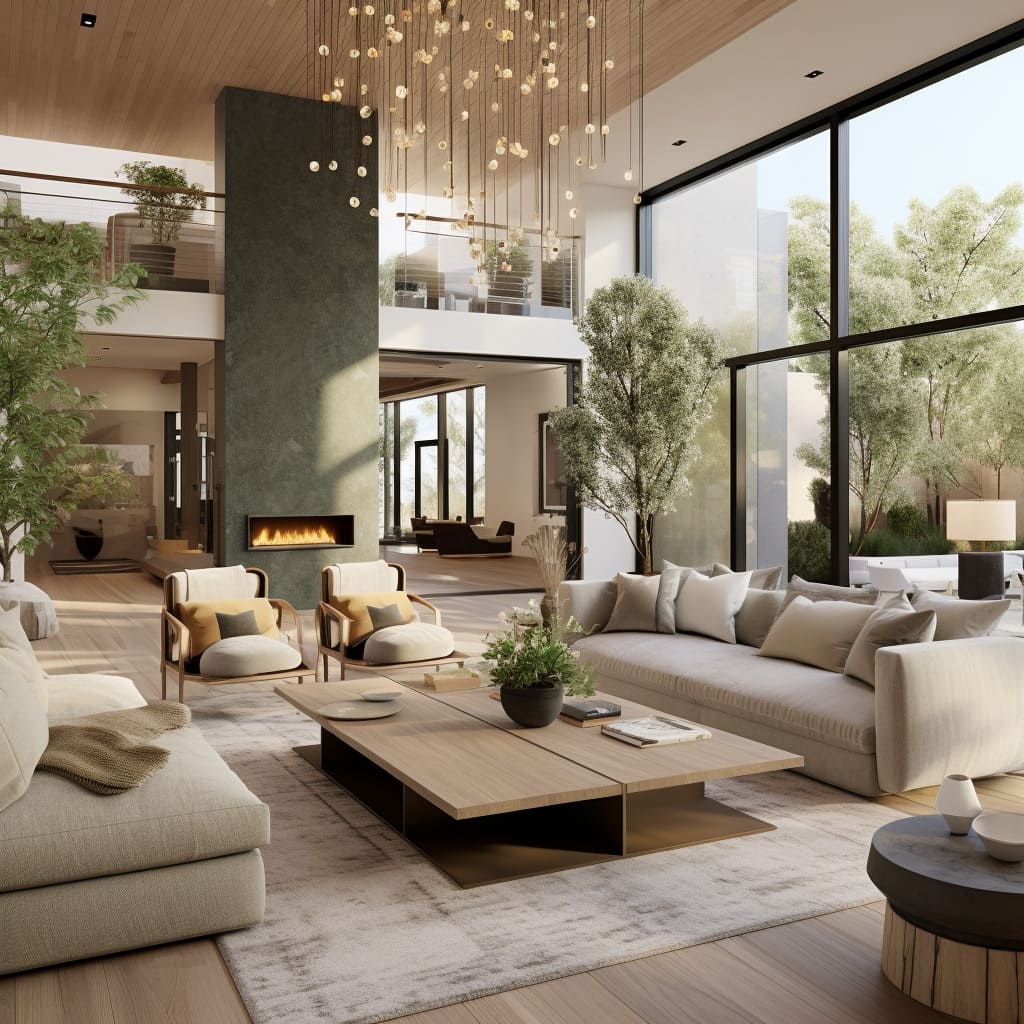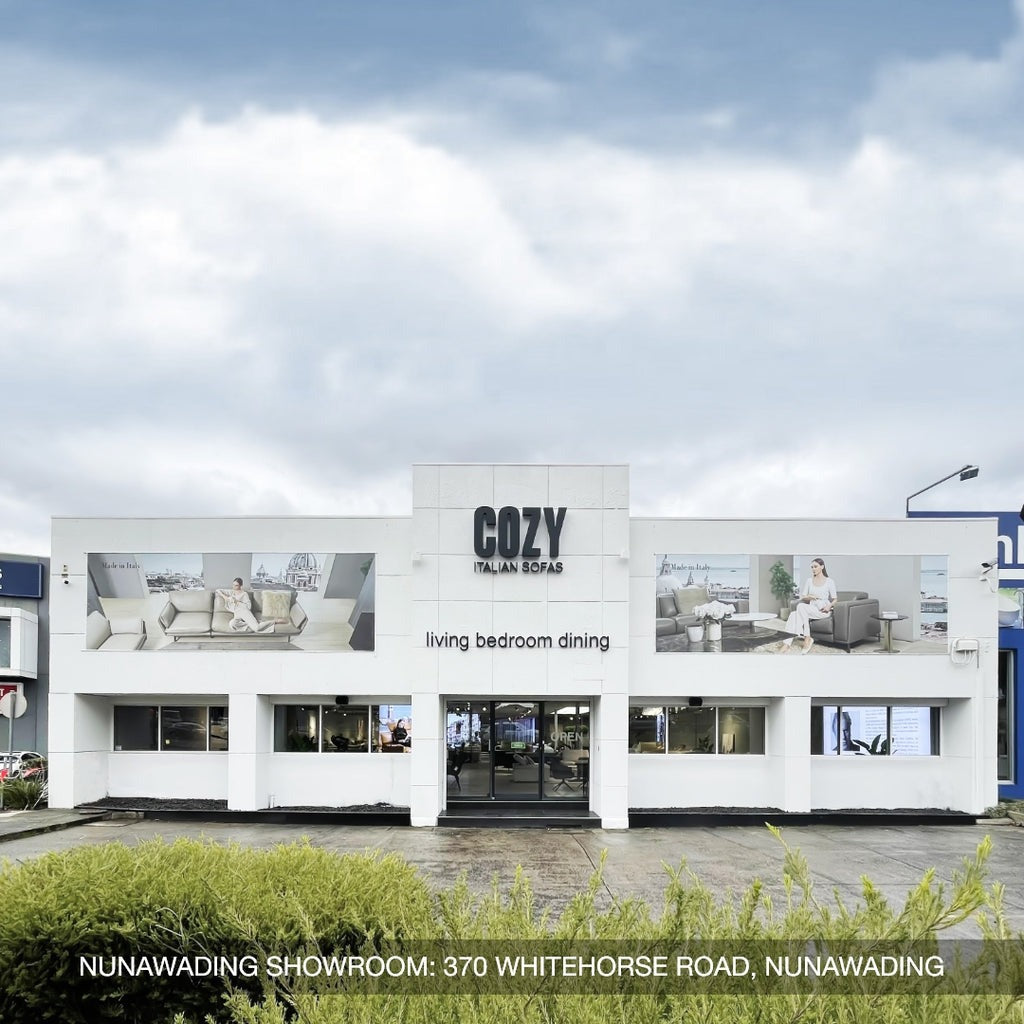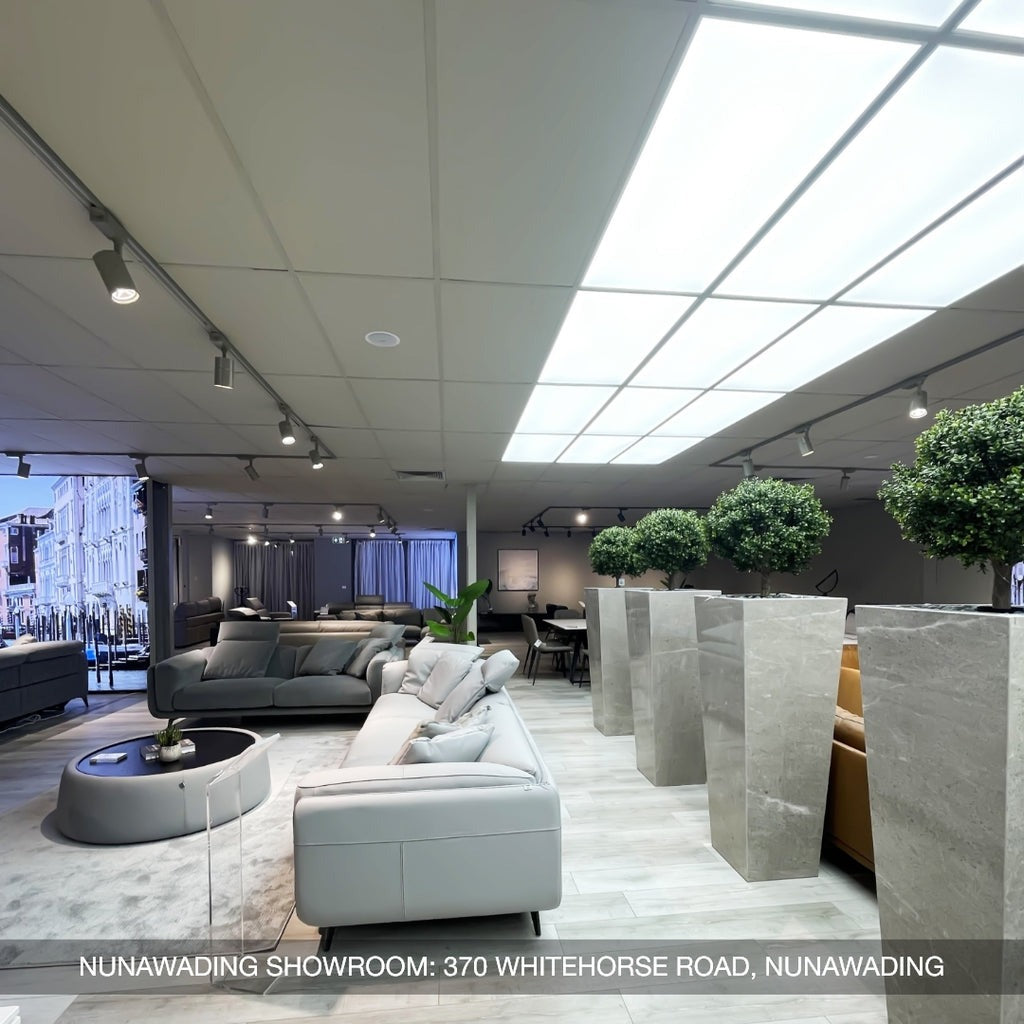Interior design is the art of creating functional and aesthetically pleasing spaces. Understanding the elements and principles of interior design is essential for anyone looking to transform their home. By following interior design principles, such as balance, contrast, and harmony, you can create a cohesive and inviting atmosphere. Adhering to interior design rules also ensures that each room flows naturally and serves its intended purpose. Whether you're a novice or looking to refine your skills, mastering these basics will help you create spaces that are both beautiful and functional.
Space
Interior design is about more than just decorating a room; it involves a thoughtful consideration of space, which refers to the physical boundaries of a room, including length, width, and height. Space is a fundamental element because it defines the area within which designers can work.
Designers utilize both two-dimensional and three-dimensional space to achieve their vision. Two-dimensional space covers the floor, length, and breadth, while three-dimensional space includes length, breadth, and height. This approach allows for a comprehensive design strategy that addresses both the layout of the floor plan and the volume of the room.
The floor plan, room size, and ceiling height all play a significant role in the room's usability and aesthetic appeal. A well-thought-out floor plan can enhance the flow and functionality of a room. For example, a well-thought-out floor plan can make a small room feel spacious, while a high ceiling can add a sense of grandeur.
Maximizing the use of available space involves creating a balanced layout and efficient furniture arrangement. This is where the concept of furniture arrangement psychology comes into play. By understanding how people interact with furniture and navigate through a room, designers can create layouts that are both practical and aesthetically pleasing.
Using negative space, or the empty areas around furniture and decor help for creating a sense of openness and visual breathing room. Negative space helps to prevent a room from feeling cluttered and allows the eye to rest, making the overall design feel more comfortable and inviting

Lines
The use of lines provide visual guidance and help define the space, creating a unique mood and energy. Lines can direct the eye, establish harmony, and bring out the character of a room.
There are three main categories of lines in interior design: horizontal, vertical, and dynamic. Horizontal lines, running side-to-side, often create a sense of stability and calm. They can be found in tables, shelves, and other furniture. Vertical lines, running up-and-down, evoke feelings of strength and freedom and are commonly seen in doorways, windows, and tall furniture. Dynamic lines, such as zigzag, curved, and diagonal, introduce movement and excitement into a space.
Lines appear in various architectural features, furniture silhouettes, and decorative accents. For instance, the sleek, straight lines of a modern sofa can give a living room a clean and organized feel, fitting perfectly with living room design basics. In contrast, the soft, curved lines of an armchair can create a more relaxed and inviting atmosphere.
Straight lines provide a sense of order and formality, making a space feel structured and intentional. They are perfect for creating a minimalist and contemporary look. On the other hand, curved lines suggest movement and relaxation, adding a more casual and comfortable vibe.
Using lines effectively helps create visual structure, character, rhythm, and balance in a space. This is part of the elements and principles of interior design, which emphasizes the importance of every design element working together harmoniously.
Forms
Forms are the three-dimensional shapes of objects within a space, such as furniture and architectural features. Forms are fundamental to creating a cohesive and inviting environment, as they influence both the visual and functional aspects of a room.
Forms can be geometric or organic, simple or complex. Geometric forms, such as squares, rectangles, and circles, often convey a sense of order and stability. These shapes are commonly found in modern and contemporary designs, where clean lines and minimalism are key. On the other hand, organic forms, which are irregular and often found in nature, can add a touch of softness and fluidity to a space.
Placement and composition of forms help enhance the overall aesthetic and functionality of a room. For example, a large, bold sofa can serve as the focal point in a living room, while smaller, complementary pieces of furniture help balance the space.
Designers also consider the scale, size, and shape of forms to ensure visual balance, proportion, and hierarchy. This means that larger forms are often balanced with smaller ones to create a sense of proportion and prevent any one element from dominating the space.

Patterns
Patterns add life, continuity, and coherence to a space. They tell a story and evoke a sense of drama, transforming a plain room into a dynamic and engaging environment.
Patterns vary in shapes and sizes, adding energy and dimension to a room. Geometric patterns, like chevrons or stripes, introduce a sense of order and rhythm, while organic patterns, such as florals or abstract designs, offer a more relaxed and flowing feel.
Patterns can be created through the placement of lights, furniture, or by following specific design styles. For instance, Scandinavian design often features clean lines and simple patterns that add subtle interest without overwhelming the space. Lighting fixtures can cast patterns on walls and ceilings, creating a play of light and shadow that enhances the room’s ambiance. Furniture arrangements can also introduce patterns, guiding the eye and establishing a flow within the space.
Patterns offer direction and glue together the elements of a room, achieving harmony and cohesion. This principle is part of the elements and principles of interior design, which emphasizes the importance of every component working together seamlessly.
Light
Lighting is a fundamental element in interior design, crucial for illuminating a room and determining its ambiance, mood, and purpose. It can transform a space, making it feel cozy and inviting or bright and energetic.
Designers typically use three types of lighting: ambient, task, and accent. Ambient lighting provides general illumination, ensuring the room is well-lit and safe. Task lighting focuses on specific functions, such as reading or cooking, providing targeted light where it’s needed most. Accent lighting highlights particular features, like artwork or architectural elements, adding depth and visual interest to a room.
Proper lighting design accentuates architectural features, highlights focal points, and creates diverse atmospheres. For example, strategically placed accent lights can draw attention to a beautiful fireplace or an exquisite piece of art, making it a focal point in the room. Ambient lighting ensures the space is uniformly lit, while task lighting adds functionality to specific areas.

Colors
A well-chosen color palette can make a space feel cozy and inviting, energetic and lively, or calm and serene. According to research, colors can affect people's emotions and behaviors, with warm colors often evoking excitement and cool colors promoting relaxation.
Color theory forms the foundation for successful color use in interior design. It involves the principles of hue, saturation, value, and temperature. Hue refers to the color itself, such as red or blue, while saturation indicates the intensity or purity of the color. Value describes the lightness or darkness of a color, and temperature refers to whether a color is warm or cool. By mastering these color combination fundamentals, designers can create harmonious and visually appealing spaces.
Warm colors like red, orange, and yellow create feelings of energy and comfort. They can make large spaces feel cozier and more inviting. On the other hand, cool colors like blue, green, and purple convey peace and sophistication, making them ideal for spaces intended for relaxation and focus. These choices reflect basic interior design principles, ensuring that the color scheme aligns with the room's purpose and desired atmosphere.
Neutral colors such as white, beige, and grey serve as versatile backdrops that can be combined with other colors and styles. They provide a foundation upon which designers can mix interior design styles, incorporating bold accents or subtle tones to create unique and personalized spaces. Neutral colors also allow for greater flexibility in updating the decor, as they can seamlessly blend with various color schemes and trends.
Texture
Texture adds tactile appeal, depth, and richness to interior spaces. It excites the senses and provides visual and physical contrast, transforming flat, uninspiring rooms into dynamic and engaging environments. A well-textured space can make a significant impact, often leaving a lasting impression.
Texture describes the surface quality of materials and objects, ranging from smooth to rough, and can be perceived by sight and touch. Smooth surfaces, like glass and polished metals, can create a sleek and modern look, while rough surfaces, like brick and reclaimed wood, add a rustic and cozy feel.
Combining various textures, such as wood, metal, glass, fabric, and stone, adds complexity, richness, and a welcoming feel to a space. For instance, a living room with a mix of a soft fabric sofa, a rough stone fireplace, and a sleek glass coffee table will feel more balanced and visually interesting. This mix of textures can create a sense of depth and richness that single-texture rooms lack.
Texture creates visual interest and tactile appeal, making a room more inviting and lively. It helps to break up monotony and adds character to a space. This aligns with what is the golden rule in interior design: achieving a harmonious balance that feels natural and aesthetically pleasing.
Conclusion
Interior design is an art that transforms spaces into functional and beautiful environments by understanding the elements and principles of interior design. Mastering what is the golden rule in interior design—achieving balance and harmony—ensures that each room feels cohesive and inviting.
For those looking to elevate their living spaces, consider incorporating COZY's coffee table. Our piece exemplifies how thoughtful design and the right elements can create a warm and welcoming atmosphere. Enhance your home with the right principles, and enjoy a space that truly reflects your style and comfort.





